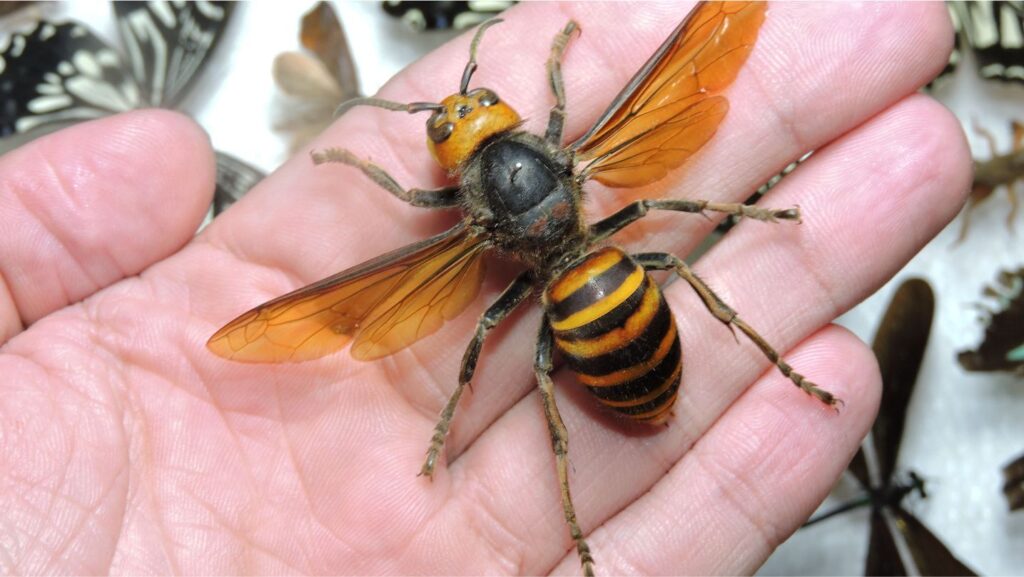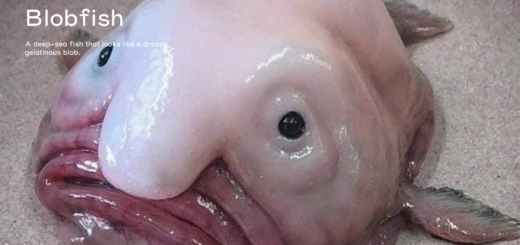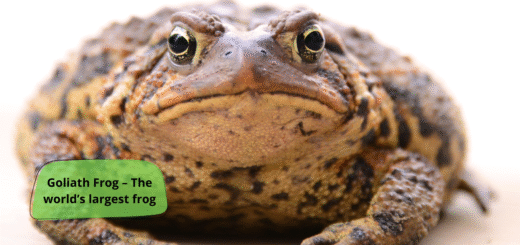The Intriguing Invasion: Unveiling the Truth About the Murder Hornet
In recent years, the world has been captivated by the arrival of an ominous-sounding insect—the Murder Hornet. Officially known as the Asian giant hornet (Vespa mandarinia), this formidable insect has garnered attention for its imposing size, predatory habits, and potential impact on local ecosystems. In this article, we will explore the origins, characteristics, and the buzz surrounding the infamous Murder Hornet.

- Origins and Spread:The Murder Hornet is native to East Asia, particularly Japan, Korea, and China. Its ominous nickname in North America was coined after it was first discovered in the Pacific Northwest of the United States and parts of Canada in 2019. Experts believe that these hornets were inadvertently introduced to the region, possibly through international shipping.
- Physical Characteristics:The Asian giant hornet is the largest hornet species in the world, with queens reaching lengths of up to two inches. These hornets are easily distinguishable by their striking orange and black coloration. Their large size and potent stingers make them a formidable presence in the insect world.
- Predatory Behavior:The Murder Hornet earned its fearsome reputation through its predatory behavior. These hornets are known to decimate honeybee colonies by infiltrating hives, slaughtering adult bees, and feeding on the larvae and pupae. A small group of Murder Hornets can wipe out an entire bee colony in a matter of hours. This poses a significant threat to bee populations, which are already facing numerous challenges worldwide.
- Venom and Stings:The sting of a Murder Hornet is not only painful but can also be lethal, especially to those who are allergic. The venom contains potent neurotoxins that can cause tissue damage and, in extreme cases, lead to multiple organ failure. While fatalities are rare, stings from multiple hornets can be a serious health risk.
- Response and Mitigation:The discovery of the Murder Hornet in North America prompted swift action to prevent its establishment and protect local bee populations. Efforts have been made to track and eliminate nests, using techniques such as infrared cameras and specialized traps. Researchers are also studying the hornets’ biology and behavior to develop effective control strategies.
- Ecological Concerns:While the primary focus has been on the potential threat to honeybees, the presence of Murder Hornets also raises concerns about their impact on local ecosystems. The absence of natural predators in their introduced range could lead to uncontrolled population growth, affecting native insect populations and potentially disrupting the balance of local ecosystems.
Conclusion:
The Murder Hornet, with its formidable size and predatory prowess, has certainly captured the public’s imagination. While the threat it poses to honeybees and potential ecological consequences are causes for concern, ongoing research and vigilant efforts to control its spread offer hope for mitigating the impact of this invasive species. As scientists and communities work together to address the challenges posed by the Murder Hornet, a deeper understanding of its behavior and biology will undoubtedly contribute to effective conservation strategies and pest management.








